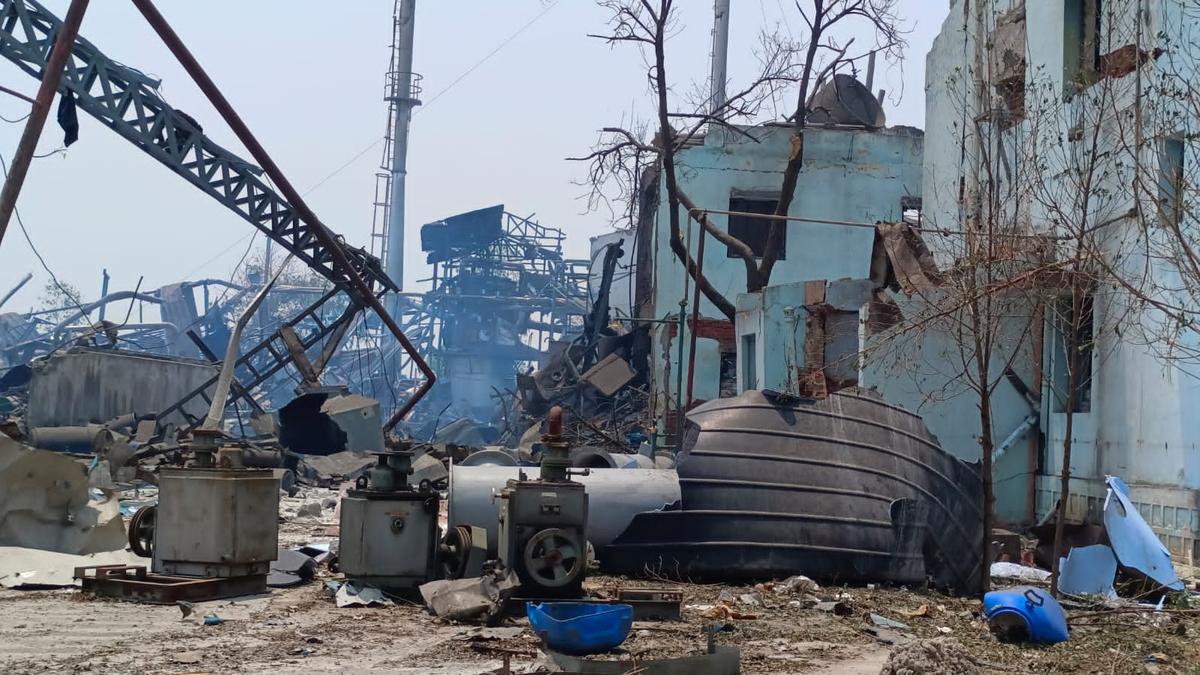Chemical Plant Explosion Attributed to Lack of Qualified Staff and Cooling System: Preliminary Report
A preliminary report by a committee investigating the explosion at a chemical plant in Sangareddy district, which resulted in the deaths of six workers, has highlighted significant organizational and regulatory deficiencies as contributing factors.
The explosion at SB Organics Limited in Chandapur village, Hathnoora Mandal, on April 3, killed six employees instantly and injured 19 others. The facility was producing guanidine nitrate, a compound used in the pharmaceutical industry.
According to the report, the explosion was inevitable due to flaws in the production process. “This incident could have happened any time earlier. Only probability delayed the occurrence,” the report states. A major issue identified was the absence of a cooling system in the reactor post-reaction, with natural cooling through stirring proving insufficient.
The eight-member committee, formed more than a month after the explosion, included two experts and representatives from the Factories Department, Industries, Fire, Disaster Management, Telangana State Pollution Control Board, and Environment Protection Training & Research Institute. Due to limited cooperation from the company, the committee relied heavily on available literature and CCTV footage seized by the police.
“The SBOL team that came before the committee had no understanding of the process and the conditions in the reactor that led to the eventual explosion. The shift in-charge is unqualified for the job and does not understand the process. There is hardly any documentation on the process technology or the design of the reactors. No process flowsheet and equipment details are available. Information given on the process is sketchy, contradictory, and faulty,” the report noted.
An engineer-manager seen in CCTV footage assessing the situation before the explosion was found to be an electronics engineer without any background in process engineering. The report identified several causes for the explosion, including unqualified personnel, lack of documentation, manual operation without safeguards, inadequate cooling systems, insufficient employee training, and a lack of hazard analysis and risk assessment.
There was a 21-minute interval between the release of decomposition gases from the reactor and the final explosion, which could have been enough time to evacuate and save lives. However, the lack of safety protocols meant no evacuation attempts were made despite the visible release of gases.
Experts K. Babu Rao and P.G. Rao, who prepared the report for the committee, also pointed out regulatory failures that allowed the company to operate for decades with unsafe reactor designs. They recommended changes to the regulatory framework, emphasizing that process safety should fall under the purview of the Ministry of Environment or the Ministry of Labour to address these safety gaps.
Image credit: Mohd Arif


